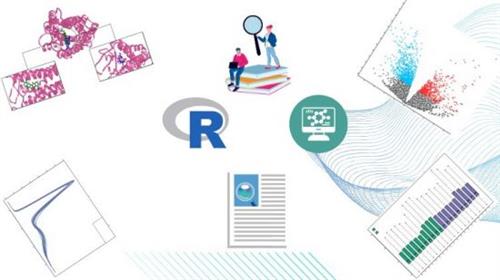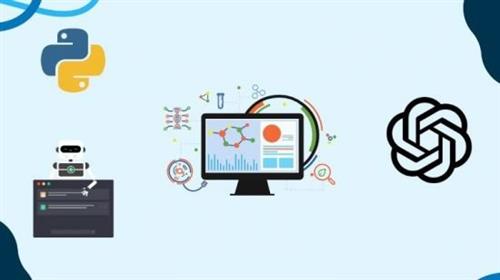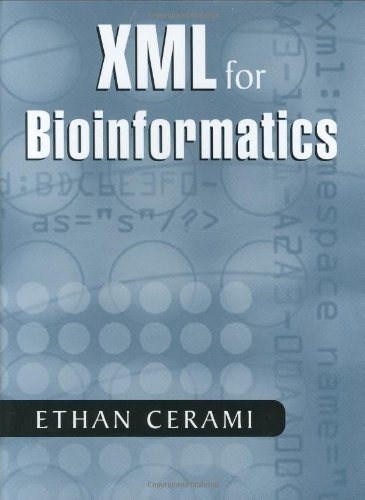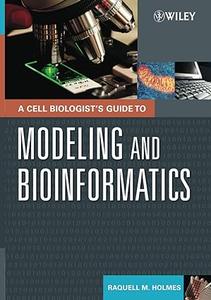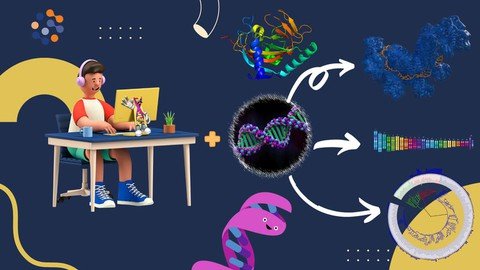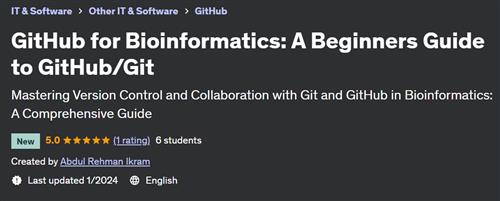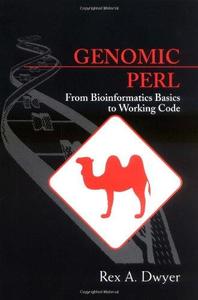 Free Download Genomic Perl: From Bioinformatics Basics to Working Code By Rex A. Dwyer
Free Download Genomic Perl: From Bioinformatics Basics to Working Code By Rex A. Dwyer
2002 | 352 Pages | ISBN: 052180177X | PDF | 15 MB
In this introduction to computational molecular biology, Rex Dwyer explains many basic computational problems and gives concise, working programs to solve them in the Perl programming language. With minimal prerequisites, he covers the biological background for each problem, develops a model for the solution, and then introduces the Perl concepts needed to implement the solution. The chapters discuss pairwise and multiple sequence alignment, fast database searches for homologous sequences, protein motif identification, genome rearrangement, physical mapping, phylogeny reconstruction, satellite identification, sequence assembly, gene finding, and RNA secondary structure. Concrete examples and a step-by-step approach enable readers to grasp the computational and statistical methods.
(more…)

